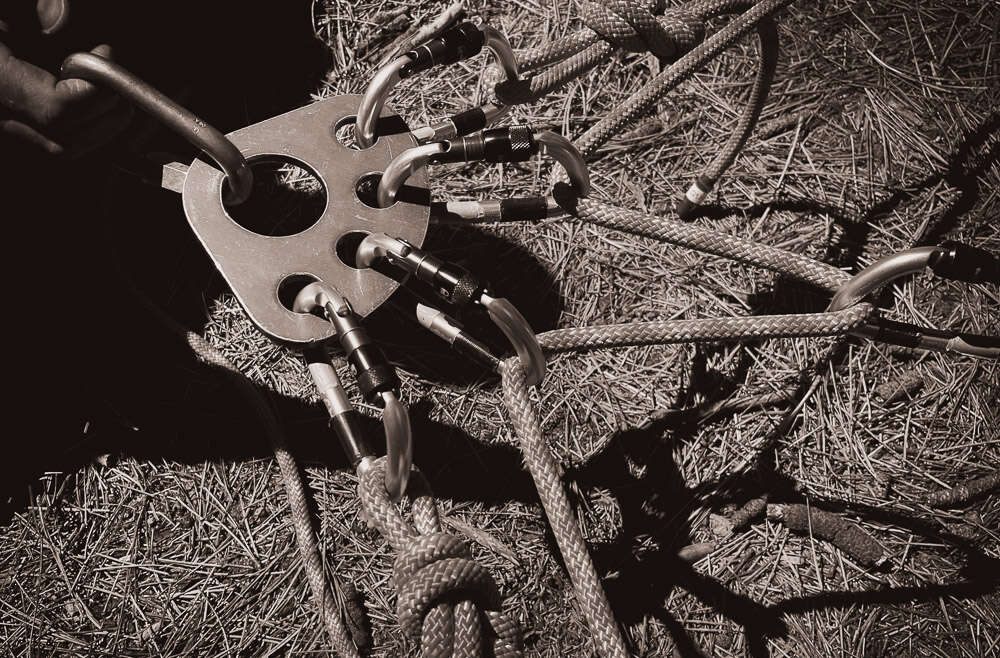Search and rescue rope systems are critical tools used in various scenarios to save lives, evacuate individuals from dangerous environments, and perform high-angle rescues.
Basic Components
Static Ropes: Preferred for rescue operations because they stretch minimally under load, providing consistency in length and strength. Common materials include nylon or high-strength fibers like Dyneema.
Dynamic Ropes: Used in climbing, they stretch more and absorb energy from falls, which is less desirable in rescue scenarios where precise control is needed.
Anchors: Points where the rope is secured to a stable structure. These can be natural (trees, rock formations) or artificial (bolts, slings).
Harnesses: Worn by rescuers and sometimes victims to distribute the load and prevent injury from the rope itself.
Carabiners: Used to connect different parts of the system. They come in various types like locking, non-locking, and different shapes for different uses.
Pulleys: Reduce friction and help in mechanical advantage systems for lifting or lowering.
Descenders/Friction Devices: Control the rate of descent or ascent, like figure-eights or mechanical descenders.
Ascenders: Devices that clamp onto the rope to facilitate climbing or self-rescue.
Belay Devices: Used to control the rope during climbing or rappelling to manage falls or control descent.
Types of Systems
Single Rope Technique: One rope is used for both ascent and descent. VCSAR1 uses a two-rope system whenever possible.
Rappelling: Descending using the rope with a friction device.
Haul Systems: Use mechanical advantage (like 3:1 or 5:1 ratios) to multiply force for lifting heavy loads or victims.
Twin-Tension System: Two ropes are tensioned to create a stable platform for stretcher carries or high loads.
High Line Systems: Used for crossing obstacles like rivers or ravines where the load (person or equipment) is moved horizontally on a rope suspended between two points.
Techniques and Considerations
Safety Checks: Before use, systems are checked for wear, integrity, and proper setup. All team members are required to have at least one other member do a complete gear check before using the system.
Redundancy: Critical in rescue, ensuring backup systems or components in case one fails. VCSAR1 uses prusiks, tie-off procedures, and “catastrophe knots” among other methods to reinforce safety.
Load Distribution: Ensuring that the load (weight) is evenly distributed to prevent any single point of failure.
Training: Operators must be well-trained not only in the technical aspects but also in rescue-specific techniques like patient care, communication, patient pickoffs, and scenario management.
Environmental Impact: Consideration of weather, terrain, and potential hazards (like sharp edges or corrosive substances) which could affect rope integrity.

